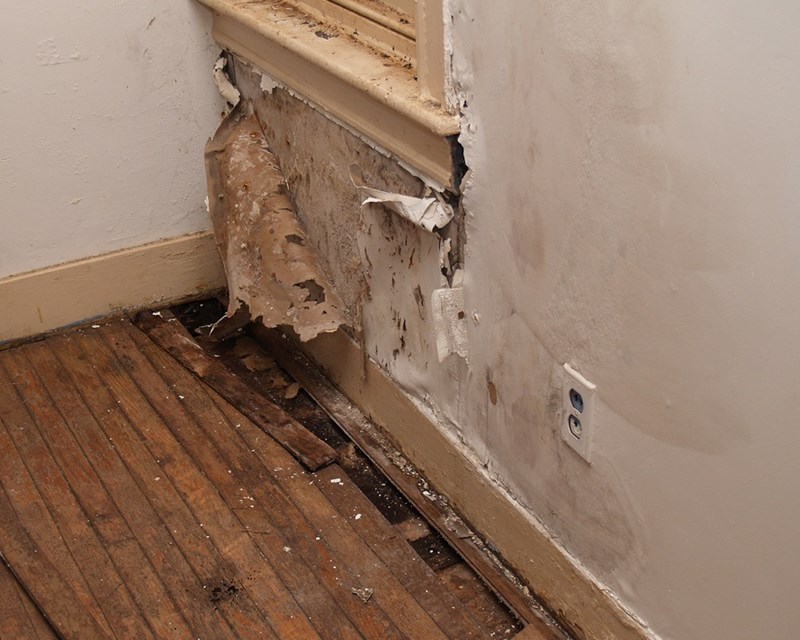Preventing Water Damage in the Bathroom
Preventing Water Damage in the Bathroom
Blog Article
Were you looking for information on Looking for Signs of Water Damage in the Bathroom?

The bathroom is incredibly vulnerable for wet accumulation and also prospective water damage as a result of the frequent use water in it. This short article offers straightforward examination methods to help identifying water damages hazards.
The constant use of water in the bathroom makes it exceptionally susceptible for moist build-up and possible water damage. By inspecting it on a regular basis, you can decrease water relevant damages.
The following collection of inspections is very easy to perform and also ought to be done as soon as in every three months in order to maintain your restroom healthy as well as to prevent prospective water damages triggered by the bathtub, the shower, pipe joints and also plumbing, sinks, cabinets, and also the toilet
Do not forget executing these evaluations as well as be detailed while performing them. Remember that these simple assessments can save you a lot of cash by offering very early indications for water damage
Sinks and also Cabinets
Sinks and cupboards are revealed to dampness as well as moisture daily as well as are usually neglected. Check regularly under the sink and on the counter top over it. Fix any kind of drip in the trap as it may suggest drain issues. Check out the sink, slow-moving draining pipelines may indicate a blocked drain. Change sink seals if they are split or loosened.
Bathtub and Shower
The shower and bathtub require unique focus and also upkeep. Examine the floor tiles as well as change if split. Ensure that there is no missing grout between the tiles. Examine and replace cracked caulking at joints where the wall surfaces fulfill the flooring or the tub. Blocked drains and also pipes problems will certainly protect against the bath tub from drying out and also might suggest severe issues underneath the tub. Talk to an expert quickly to stop architectural damages. Focus on discolorations or soft areas around the bathtub wall surfaces as they might show an interior leak.
Plumbing
Signs for water damage are hard to detect given that the majority of pipelines are set up inside the walls.
Pay special focus to floor covering as well as walls moisture and discolorations as they might suggest an unnoticeable plumbing trouble. Inspect moisture degrees in adjoining spaces as well.
The Bathroom
The toilet is an at risk water junction. Examine the water lines and look for leaks around the commode seat, in the hose pipe, and also under the water storage tank. If you identify any type of indicators of wetness on the flooring around the commode, check for leakages in the toilet rim as well as tank seals.
Understand that hanging commode bowl antiperspirants increases the possibilities for clogs.
TIPS TO PREVENT WATER DAMAGE IN THE BATHROOM
The average household uses approximately 80-100 gallons of water per person per day. For a family of 4, that's almost 2,500 gallons of water a week! The largest portion of this consumption comes from bathroom use. Flushing the toilet uses the most water, followed by taking a shower or bath. With that much water running through the home, water damage in the bathroom is bound to happen. Knowing how to spot signs of a water leak is essential to preventing long-term damage. This guide provides you with tips to reduce the impact of water damage on your bathroom.
CAUSES OF BATHROOM WATER DAMAGE
Pipe breaks are the most common cause of water damage we see in our daily jobs. The age of a pipe plays a large role in a pipe break as well as corrosion. Over time, the metal begins to break down, allowing water to escape. Frozen pipe breaks are also a concern in the winter months. Toilet overflows caused by paper products or children flushing inappropriate items. Degraded caulking around the toilet or bathtub can allow water seepage, sometimes behind the fixture, into the subfloor or walls. Condensation forms when the water in a pipe is cooler than the air temperature. Beads of water form on the exterior of the pipes, sometimes so much so that the water begins to drip and pool below. Sink or shower backups created by poor drainage. HOW TO PREVENT WATER DAMAGE IN YOUR BATHROOM
Inspect your toilet supply line for worn or frayed hoses and replace them as needed. Winterize your plumbing to prevent a frozen pipe break. Use vent fans to prevent condensation that can lead to mold growth. Routinely check and replace degraded caulking around your toilet or bathtub. Increase the temperature in your toilet tank and insulate your pipes during the warm summer months to keep condensation from forming. Use child safety locks on the toilets. Flush only toilet paper. "Flushable" wet wipes are actually not good for your plumbing system. Additionally, feminine hygiene products should not be flushed. Prevent water from escaping the tub or shower. Make sure shower curtains are in good condition. Inspect shower doors and replace the seal strip if necessary. Wipe up any water that accumulates on the floor and use bath mats. Water left to sit can cause damage to the tiles and flooring. Refrain from using bath products containing heavy oils to avoid a clogged drain.

Do you like more info about Preventing Water Damage in the Bathroom? Make a remark further down. We will be pleased to know your responses about this post. Hoping that you visit us again in the near future. Do you know about somebody who is very much interested in the niche? Take a moment to promote it. Many thanks for your time invested reading it.
Pricing Report this page